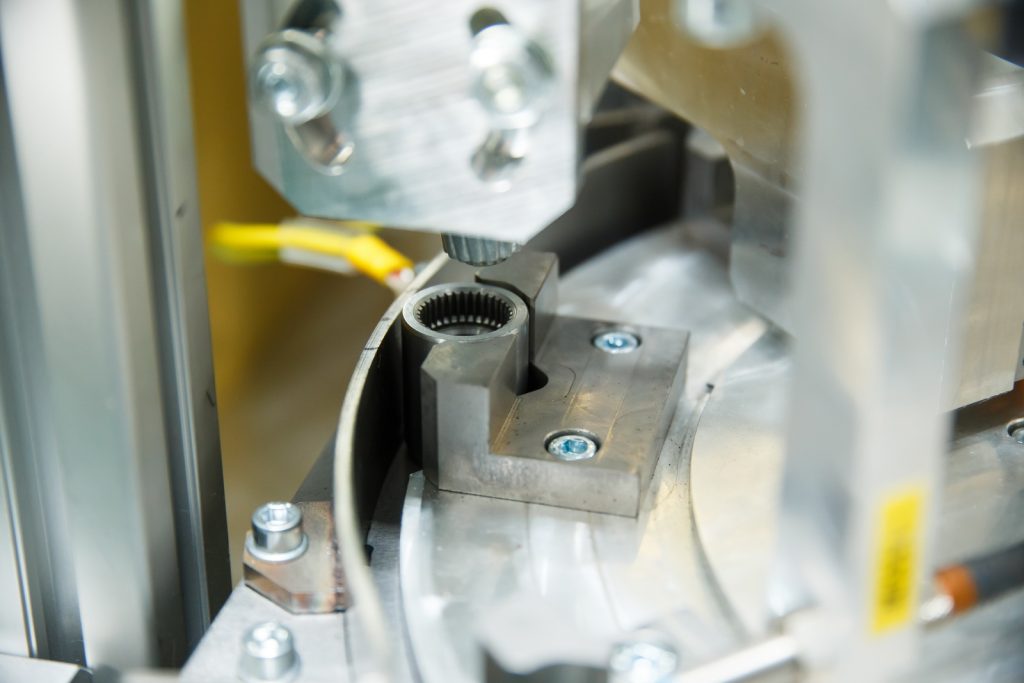Understanding Contactless Thread Inspection: An Overview
IIT is used for inspection of internal threads and bores. This amazing technology is based on measurement of capacitance between the probe and the thread. IIT is the only automated contactless technology that can check the thread quality along the complete length of any thread.
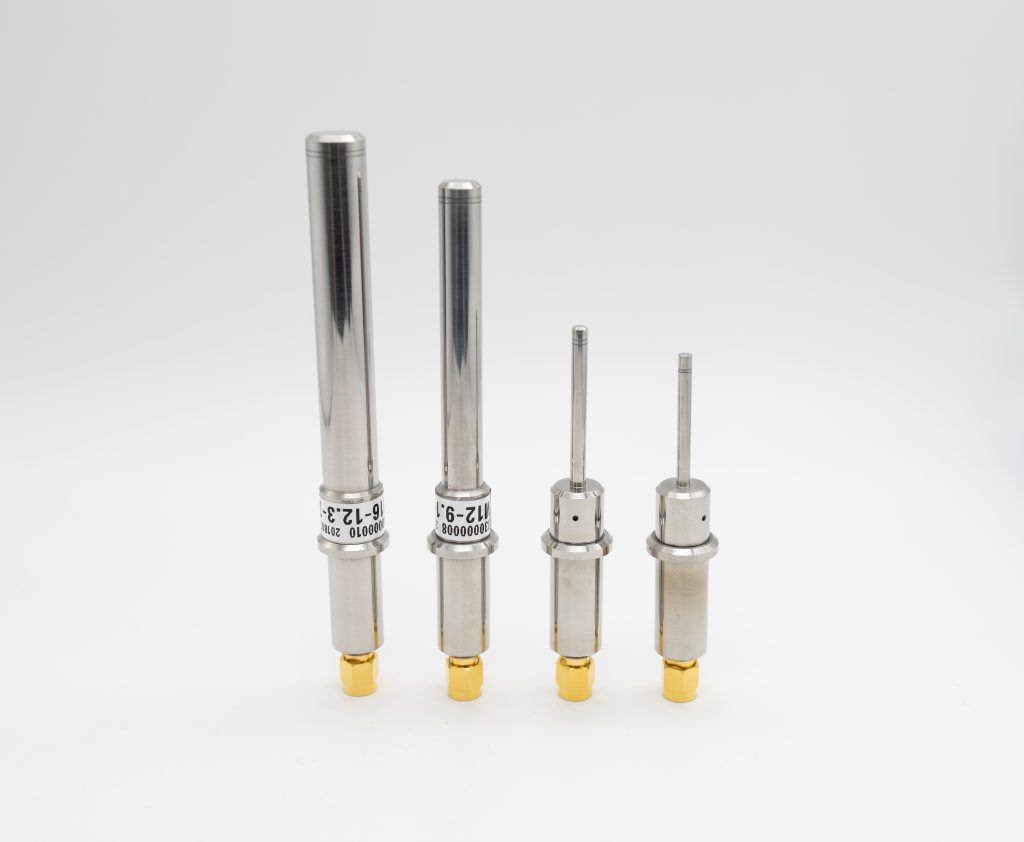
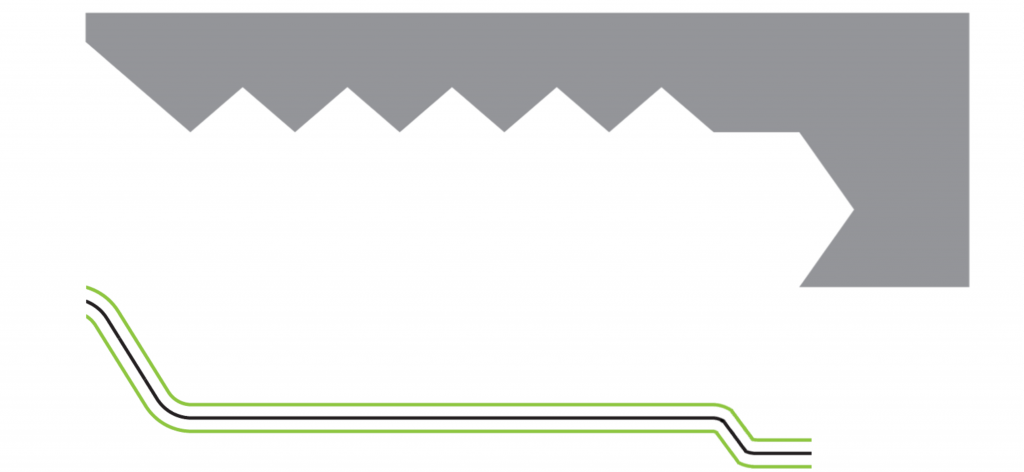
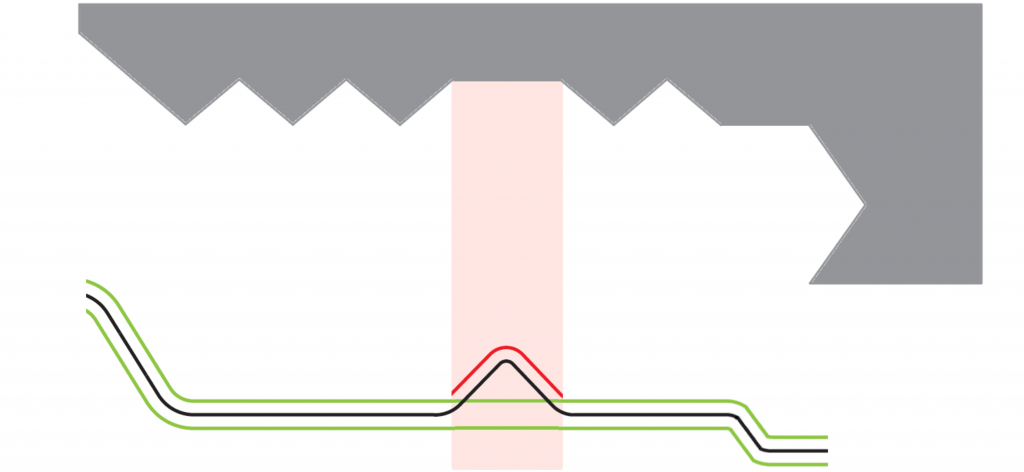
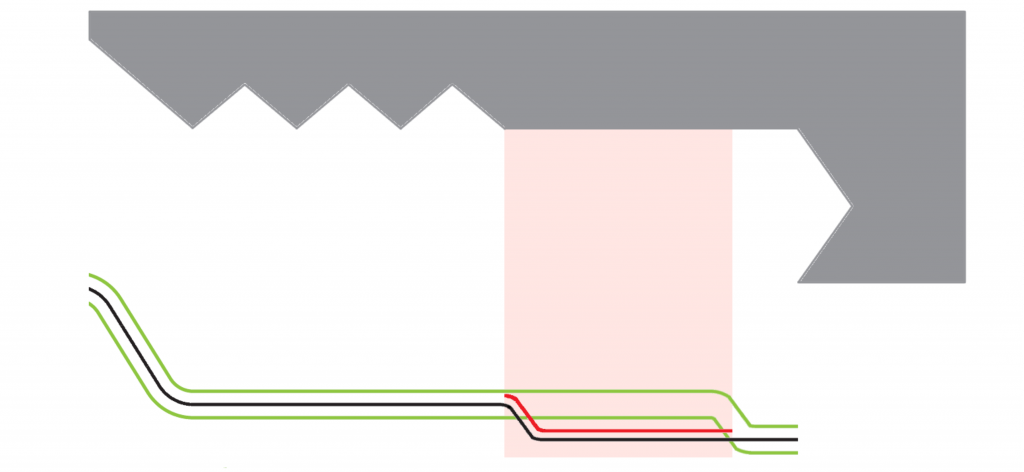
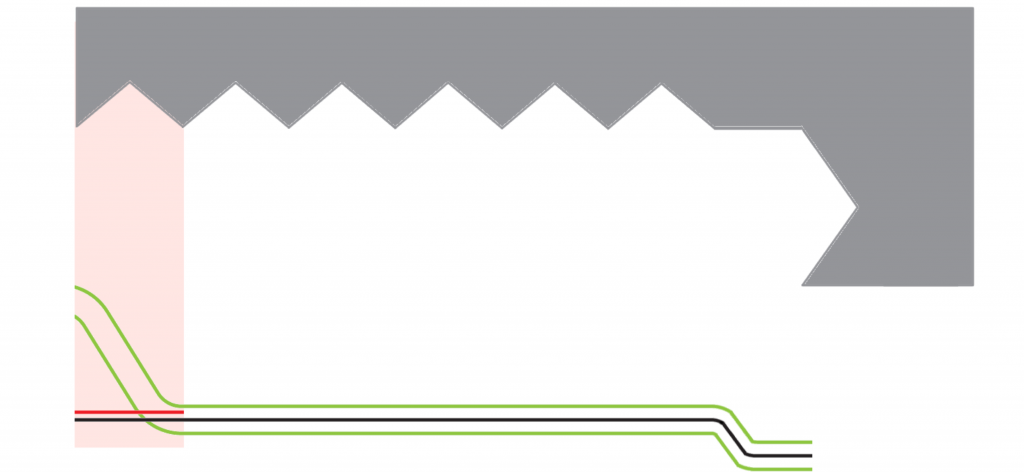
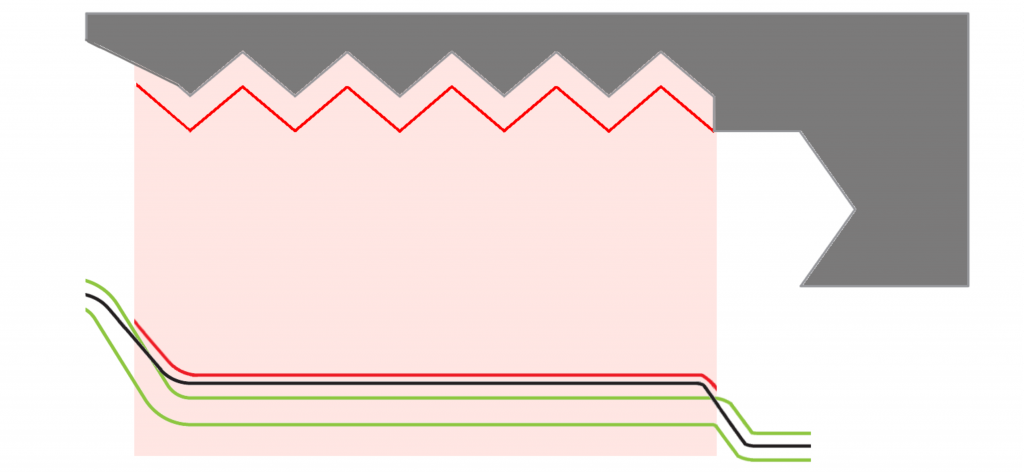
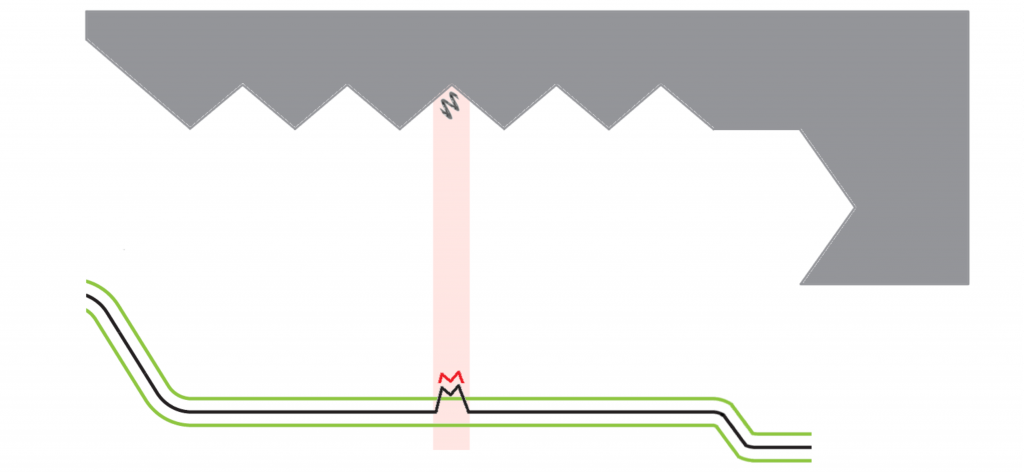
Detection Capabilities
- Missing thread
- Wrong thread dimension (diameter, pitch)
- Incomplete thread length
- Local thread damages
- Chips and metallic debris
- Chamfers, tapers, recesses
- Helicoil assembly inspection
- Other thread flaws
- Indirectly – cutting tool wearing
How does it work?
The IIT probe works by measuring the space (air gap) between the probe and the part it is inspecting, while it moves linearly in the axis of the bore. During its movement through the thread, the probe collects data (signal) that is then analyzed by software. This data is compared to a reference signal from a master part within a set tolerance range. The width of this tolerance range can be adjusted for different sections of the signal. If the probe’s data falls outside this set range, it indicates a problem with the part (NOK condition).

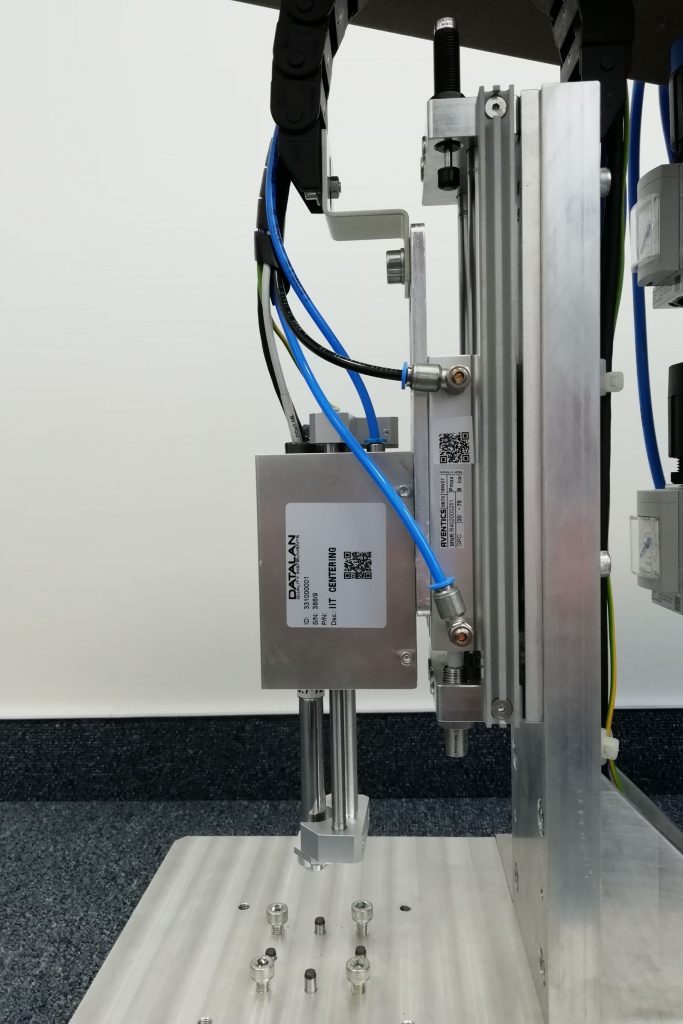
Benefits
- Very short cycle times (less than 1s per thread)
- Contactless (no wearing of measuring equipment, no damage of the inspected thread)
- More detection capabilities than other methods
- Better control over tolerance settings
- Practically unlimited length of thread
- 100% process inspection
System Parameters
Measurement range:
M5 – M25 (custom sensors for higher dimensions)
Measurement speed:
approximately 1 part / s based on application
Accuracy:
0.02 mm average
Inspection configuration:
teach-in based on the sample master parts
Frequently Asked Questions
Is it possible to measure the exact thread dimensions?
No, IIT is used as a replacement for a GO-NOGO manual thread gages. It does not provide exact dimensional parameters of the threads.
Is it possible to measure multiple thread sizes with one IIT probe?
The measuring range of an IIT probe is approximately 1mm, so a different probe is necessary for different thread sizes. For thread sizes above 16mm, it may be possible to increase the range to over 2mm and measure a small range of sizes with one probe. However, the difference in thread pitch on the same thread diameter has minimum influence on the range and the same probe can be used.
Is the IIT technology compatible with all types of threads?
Yes, any type of thread can be inspected, not only metric, as long as their diameter/pitch is within the size range of 5-25mm.
Can IIT inspect thread with larger diameter?
Depending on the application, even larger threads can be inspected. However, it is limited to fine threads with smaller pitch, typically up to 1,5-2,0mm.
What is the depth of the thread to be inspected?
Typically, it is up to 60mm from the highest surrounding surface. Special cases can be solved with custom probe designs.
Is it possible to use IIT for threads in other non-metallic materials?
No, IIT requires electrically conductive material for the inspected part.
How long does it take to exchange the probe for a different thread size?
Changing probes takes about 10-15 minutes for a trained technician.
Can the system be integrated with existing manufacturing processes?
Yes, it is possible. However, the parts must be clean and dry before inspection.
What are the basic prerequisites for proper measurement using IIT?
Positioning and axial alignment of the probe and the inspected thread are mandatory for precise and repeatable measurements.
How is the data from the inspection processed and reported?
Basic results of the inspection can be send to another system using digital signals. ProfiNet communication is possible as an option. Raw measurement data can be stored on an SD card or transferred over FTP.
How can I customize the IIT system to fit specific needs of my manufacturing process?
There are multiple integration options for IIT. Please check the list above or contact us for more details.
What are the maintenance requirements for the IIT system?
The maintenance needs for the IIT system are minimal due to its contactless design, which enhances reliability and reduces upkeep. The most common maintenance issues you might encounter include needing to replace a broken cable or a worn-out centering cone. Although the IIT probe is quite durable, if it’s involved in a mechanical accident, replacing the damaged probe may be necessary.






















